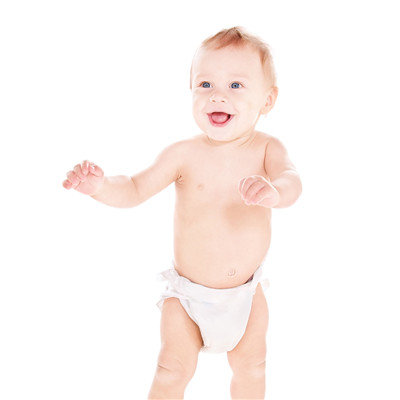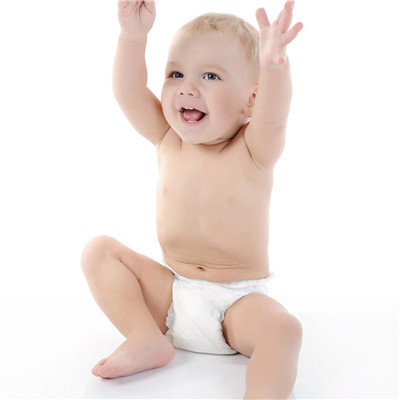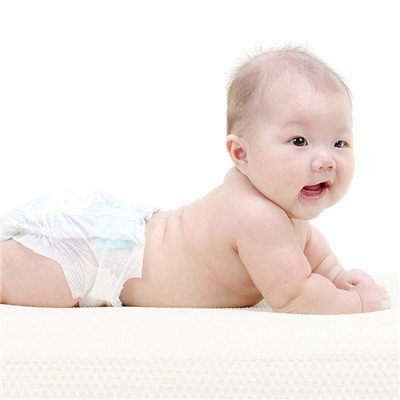What are the symptoms of hydrocephalus in children?
summary
I think everyone has such a wish, that is, no disease, no disaster, but many times we don't want things to happen, such as the sudden onset of disease, so that many people's comfortable life will never recover, we only achieve early prevention and timely treatment in order to have a healthy body. Today we introduce the symptoms of hydrocephalus in children.
What are the symptoms of hydrocephalus in children?
Hydrocephalus refers to the accumulation of excessive cerebrospinal fluid in the ventricle and subarachnoid space. If a large amount of cerebrospinal fluid accumulates in the subarachnoid space on the surface of the cerebral hemisphere, it is called subdural sac tumor or subdural effusion. Excessive fluid accumulation in the ventricular system is called intraventricular hydrocephalus. Hydrocephalus in children is more common in newborns and infants, often accompanied by ventricular system enlargement, increased intracranial pressure and increased head circumference.

Compared with adults, the clinical manifestations of hydrocephalus in children vary according to the age of the patient. In infants with acute hydrocephalus, the symptoms of intracranial hypertension are usually obvious, the bony suture is cracked, the anterior fontanelle is full, the scalp is thin, the scalp veins are clearly visible, and there is anger. When the head is irradiated with strong light, the skull is transparent, and the top of the head is percussed, showing a solid drum sound, which is called "broken jar sound", The patient is irritable, indifferent and poor in diet, with persistent high-profile and short-term abnormal crying. The binocular ball is downward looking, and the upper eyelid is not accompanied by ptosis. It can be seen that the lower part of the eyeball sinks to the lower eyelid margin, part of the cornea is above the lower eyelid margin, and the upper eyelid sclera turns white, also known as sunset phenomenon. There is separation between the upper and lower eyes, gaze paralysis, nystagmus, etc, This is related to the dysfunction of the brain stem nuclei around the aqueduct. Due to the further development of hydrocephalus, the brain stem moves downward, the abducens nerve and other brain nerves are pulled, resulting in eye movement disorder. In children under 2 years old, amblyopia and optic disc edema are not obvious and rare in congenital hydrocephalus, But retinal varices are reliable signs of hydrocephalus.

Dyskinesia mainly includes spastic paralysis of limbs, mainly of lower limbs. In mild cases, both heels are tense and feet droop. In severe cases, it shows spastic gait, also known as scissors gait. Sometimes it is difficult to distinguish it from cerebral palsy. Due to the involvement of the anterior part of the third ventricle, inferior colliculus and infundibulum, various endocrine disorders may appear, In addition, syringomyelia with hydrocephalus is often associated with lower limb dysfunction, while syringomyelia with spinal cord hypoplasia is often associated with scoliosis.

matters needing attention
Strengthen prenatal diagnosis, early termination of pregnancy, prevent the birth of hydrocephalus. Early prenatal diagnosis of hydrocephalus is an important way to prevent the birth of hydrocephalus. Because obvious hydrocephalus can be detected by B-ultrasound at 12-18 weeks of pregnancy, it is necessary to strengthen the application of B-ultrasound in prenatal diagnosis, terminate pregnancy as soon as possible, prevent the birth of hydrocephalus, and reduce the birth rate of congenital hydrocephalus.











